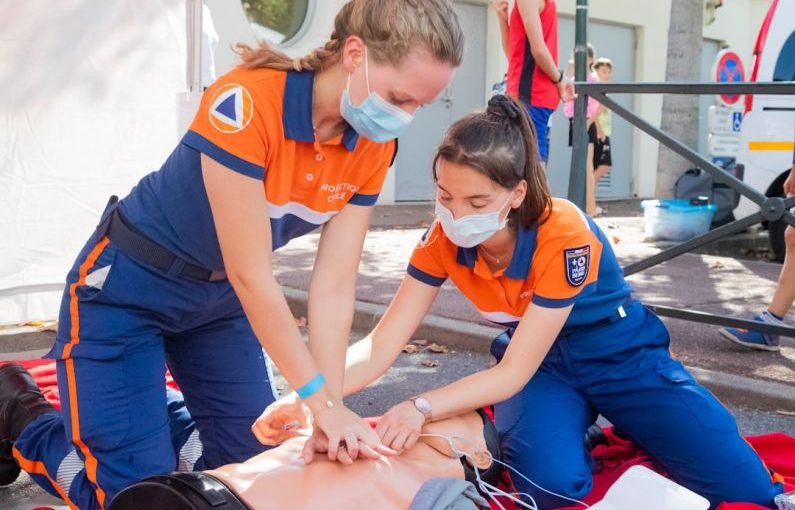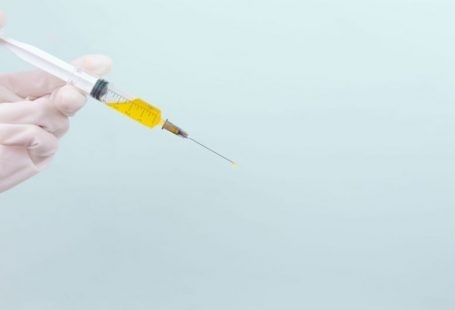As a responsible pet owner, it is essential to be prepared for any unexpected emergencies that may arise with your furry companions. Accidents can happen at any time, and knowing how to provide basic first aid to your pet can make a significant difference in their outcome. Here are the essential pet first aid tips every owner should know to ensure the well-being of their beloved animals.
Recognizing Signs of Distress
Understanding your pet’s normal behavior and habits is crucial in recognizing signs of distress. Look out for any sudden changes in behavior, such as lethargy, excessive panting, vomiting, diarrhea, or difficulty breathing. If you notice any unusual symptoms, it is essential to act quickly and seek veterinary care if needed.
Handling Injuries Safely
In the event of an injury, it is important to handle your pet with care to avoid causing further harm. Approach your pet calmly and gently, being mindful of their pain levels. Use a muzzle or makeshift muzzle (a strip of cloth or bandage) if your pet is in pain to prevent biting. When dealing with bleeding wounds, apply pressure using a clean cloth or bandage to control the bleeding until you can seek professional help.
Dealing with Burns and Scalds
Burns and scalds can be painful for pets and require immediate attention. If your pet sustains a burn, run cool water over the affected area for at least 10 minutes to help reduce the heat. Avoid using ice or ice-cold water, as this can further damage the skin. Once the area has cooled down, cover it with a clean, sterile dressing and seek veterinary advice.
Handling Poisoning Incidents
Pets are naturally curious creatures and may ingest harmful substances accidentally. If you suspect that your pet has been poisoned, contact your veterinarian or a pet poison helpline immediately. Keep a record of the substance ingested, as this information will be vital for the treatment plan. Avoid inducing vomiting unless instructed by a professional, as some substances can cause more harm when brought back up.
CPR for Pets
Cardiopulmonary resuscitation (CPR) can be a life-saving technique for pets experiencing cardiac arrest. If your pet is unresponsive and not breathing, check for a pulse and initiate CPR if necessary. Place your pet on a firm surface and start chest compressions by pressing down on their chest at a rate of 100-120 compressions per minute. Combine chest compressions with rescue breaths to provide oxygen to your pet’s lungs. CPR should only be performed by individuals trained in the technique or under the guidance of a veterinarian.
Treating Heatstroke
Heatstroke is a common emergency during hot weather, especially for pets. If you suspect your pet is suffering from heatstroke, move them to a cool, shaded area immediately. Use cool, wet towels to lower their body temperature gradually and offer small amounts of water to drink. Avoid using ice-cold water or submerging your pet in cold water, as this can lead to shock. Seek veterinary care promptly to assess for any internal damage.
Securing Your Pet During Travel
Whether you are going on a road trip or flying with your pet, it is essential to secure them safely during travel. Use a well-ventilated pet carrier or a seatbelt harness specifically designed for pets to prevent injuries in case of sudden stops or accidents. Ensure your pet has access to water and is comfortable throughout the journey to reduce stress and anxiety.
Conclusion:
Being prepared for pet emergencies can make a significant difference in the outcome for your furry friends. By familiarizing yourself with these essential first aid tips, you can provide immediate care to your pet in times of need. Remember to stay calm, act quickly, and seek professional help when necessary to ensure the best possible outcome for your beloved animals.





